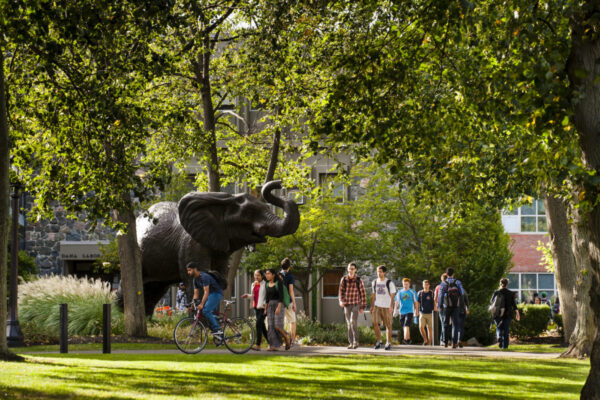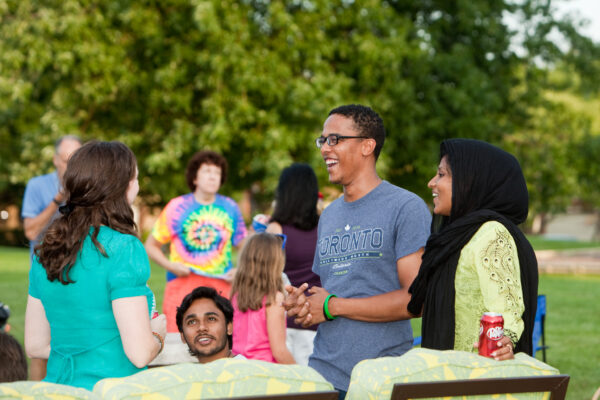Diverse Faculty for Diverse Students: How Two Leaders Are Transforming Their Approach
By Vincent D. Carales
As a Latino and an equity-minded scholar, I often find myself engaged in conversations and attending conference sessions on topics of diversity with other people of color. This is often the case whether I’m at a scholarly conference or most recently at ACE2017, a conference for senior-level administrators including chancellors, presidents, provosts, chief academic officers and deans.
The session “Diverse Faculty for Diverse Students” was filled with over 130 attendees, mostly people of color. Fewer than 10 people raised their hand when session moderator Adrianna Kezar (University of Southern California) asked how many participants were college presidents or chancellors. Less than a third of the audience raised their hand when asked if they were a chief academic officer. By writing this blog, I hope more individuals who normally would not attend sessions on topics related to diversity from a leadership perspective will consider it. I believe they can learn from these sessions, but more importantly, should be active contributors to the conversation. Here are some of the important takeaways from the discussion.
Kezar, co-author Envisioning the Faculty for the 21st Century, led the discussion on highlighting the challenges and best practices of diversifying the faculty in higher education.
Judy C. Miner, chancellor at Foothill-De Anza Community College (CA) and new ACE Board chair, highlighted four strategies in her approach to championing issues of equity and diversity:
- Communicate repeatedly your commitment to student equity. In order to demonstrate this commitment, your message must be front and center (either in your public remarks or in your college’s mission statement). You need to show others how important it is to your institution.
- Identify and reward faculty champions. It is important to highlight and reward the great work of your faculty who are focused on equitable outcomes.
- Provide ongoing professional development for all employees. Seek out opportunities to engage faculty and staff to help them understand their own implicit biases.
- Mentor students and support staff. Provide adequate resources for mentoring and student support programs.
Stephen Jordan, president at Metropolitan State University (MSU) of Denver, spoke about his approach to hiring more diverse faculty as part of the institution’s overall goal of becoming a Hispanic-Serving Institution.
In response to the changing demographics of the state, he noted that “the faces of our students should look like the faces of our community and the faces of our faculty should look like the faces of our students.” After a rigorous assessment of the faculty tenure process, Jordan found that there was large gap between white faculty who were awarded tenure compared to Black and Latino faculty. He attributed the improvement of retention and graduation rates of his students to improvements in the hiring and tenure process of full-time faculty and faculty of color. Gaps in who is awarded tenure among whites, Blacks and Latinos no longer exist at MSU, according to Jordan.
It is easy for institutions to communicate their commitment to diversity through mission statements or press conferences. However, as both Jordan and Miner point out, it is more important to ensure that as leaders, your rhetoric matches your actions and you follow up with appropriate support and adequate resources.
“It’s not enough to hire diverse faculty, you have to get them to promotion and tenure,” Jordan said.
Certainly this is an example of one president’s strong commitment to diversity. We could stand to make a larger impact by learning from champions of diversity like Jordan and Miner, but unless we engage the audience that needs to hear it the most, the message will get lost in translation.
If you have any questions or comments about this blog post, please contact us.


